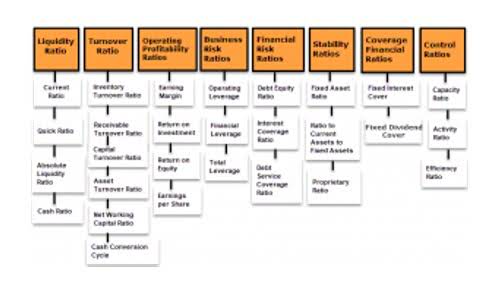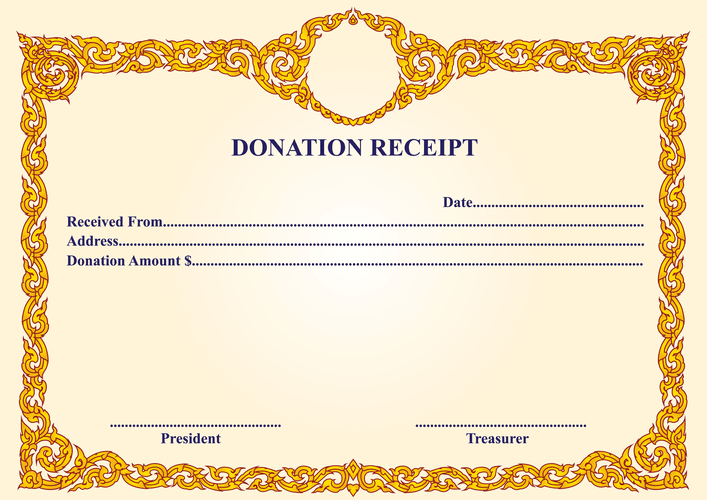How to Set Up a Law Firm Chart of Accounts

When assembling your chart, speak with an accounting expert who is experienced with law firms and can provide a law firm chart of accounts sample. A good law firm chart of accounts sample will include the main elements listed within this article—properly itemized and separated by your accounting expert or experienced lawyer. All state bar associations require every law firm to list detailed and accurate records of all incoming and outgoing money from trust accounts. Make sure to check with your local state bar association for specific standards about trust accounts and IOLTA. Managing an organized law firm chart of accounts is crucial for maintaining your business’s overall financial health and meeting strict legal ethics requirements. This begins by creating a comprehensive list of all your firm’s cash inflow and outflow items.

Do lawyers need accounting?
Even for vendors that are S or C Corporations (and typically not 1099-eligible), retaining their W-9 forms in your records is a good practice for documentation. If you have trouble obtaining a vendor’s W-9, make several documented attempts to contact them, such as via email, and save these communications to their vendor file as proof of due diligence. Missing the filing deadline for a Form 1099 can result in penalties from the IRS that retained earnings are dependent on how late the form is filed. In addition to financial penalties, late filing can lead to compliance issues and possible IRS scrutiny.

How to Use a Billable Hours Chart to Track Time Effortlessly

This type of account for US law firms is designed to keep client funds separate from a law firm’s business or operating accounts. Assessing your law firm’s unique financial requirements is crucial for an effective chart of accounts. Every law firm operates differently, with distinct practice areas and billing methods. By understanding your firm’s financial landscape, you can tailor your chart of accounts accordingly.
- The funds are owed to the client until they are earned by the lawyer or disbursed in some other way.
- By including general retainers in a law firm’s chart of accounts, you can more easily monitor these accounts.
- Finally, when in doubt about whether a worker qualifies as an employee or independent contractor, consult a tax professional for guidance to ensure compliance with IRS requirements.
- When looking at the importance of solid accounting, you’re really talking about looking at financial data on a regular basis.
- Once you create an appropriate chart of accounts, your firm needs a complete system for logging time, expenses, and client funds into those accounts.
- The easiest way to keep track of these is to make one or several billable expense accounts, depending if your client wants to separately keep track of filing fees, postage, medical records, travel and other expenses.
Trust Accounting
Accrual accounting records revenues and expenses when earned and incurred, regardless of when the money is received or paid. Additionally, CARET Legal provides a clear and organized audit trail for each transaction. This helps track and review transactions, which is particularly useful during audits or when investigating discrepancies.
- Santander has taken a hit after a Court of Appeal ruling that some motor finance commissions banks paid to car dealerships were unlawful.
- This includes payments to attorneys, regardless of their business structure (e.g., corporation, LLC, partnership).
- This gives you the best of both worlds while making your law firm’s comprehensive accounting situation easier to manage.
- Using pre-configured law firm charts of accounts templates eliminates the need for manual creation.
- Likewise, if the law firm experiences a period of low cash flow, it may be able to use its assets as collateral to secure a line of credit or other form of short-term financing.
- You’d record that as a credit to cash, an asset sub-account, and a debit to utility expense, an expense sub-account.

Creating an accurate, detailed legal chart of accounts is an important tool to give you an accurate picture of where your firm’s financials stand. Once set up, this information can give the visibility you need to ensure your firm stays compliant with accounting and trust accounting rules. Moreover, you can use the information from your law firm’s chart of accounts to help determine key financial details about your firm—which is necessary for making data-driven decisions. While you will need to customize your firm’s chart of accounts to the specifics of your situation, there are several common factors for all legal practices to consider. Typically, a law firm chart of accounts includes five core categories (assets, liabilities, owner’s law firm chart of accounts equity, revenue, and expenses). You should also include interest on Lawyer Trust Account (IOLTA) or trust accounts and trust liability accounts.

Plus, falling behind on tracking expenses can impact the earning potential of a law firm when you consider how some jurisdictions calculate the payout after expenses or liens have been deducted. While some law firms may have dedicated accounting staff or legal accounting software to lessen the burden of accounting, that doesn’t mean that lawyers can ignore all things accounting. Accounting for lawyers refers to the range of accounting practices that lawyers and law firms take on to meet the financial, regulatory, and tax requirements that come with the practice of law and running a legal practice. Quickbooks is the easiest way for organizing Bookstime all of your legal accounting.
6 total views, 1 today